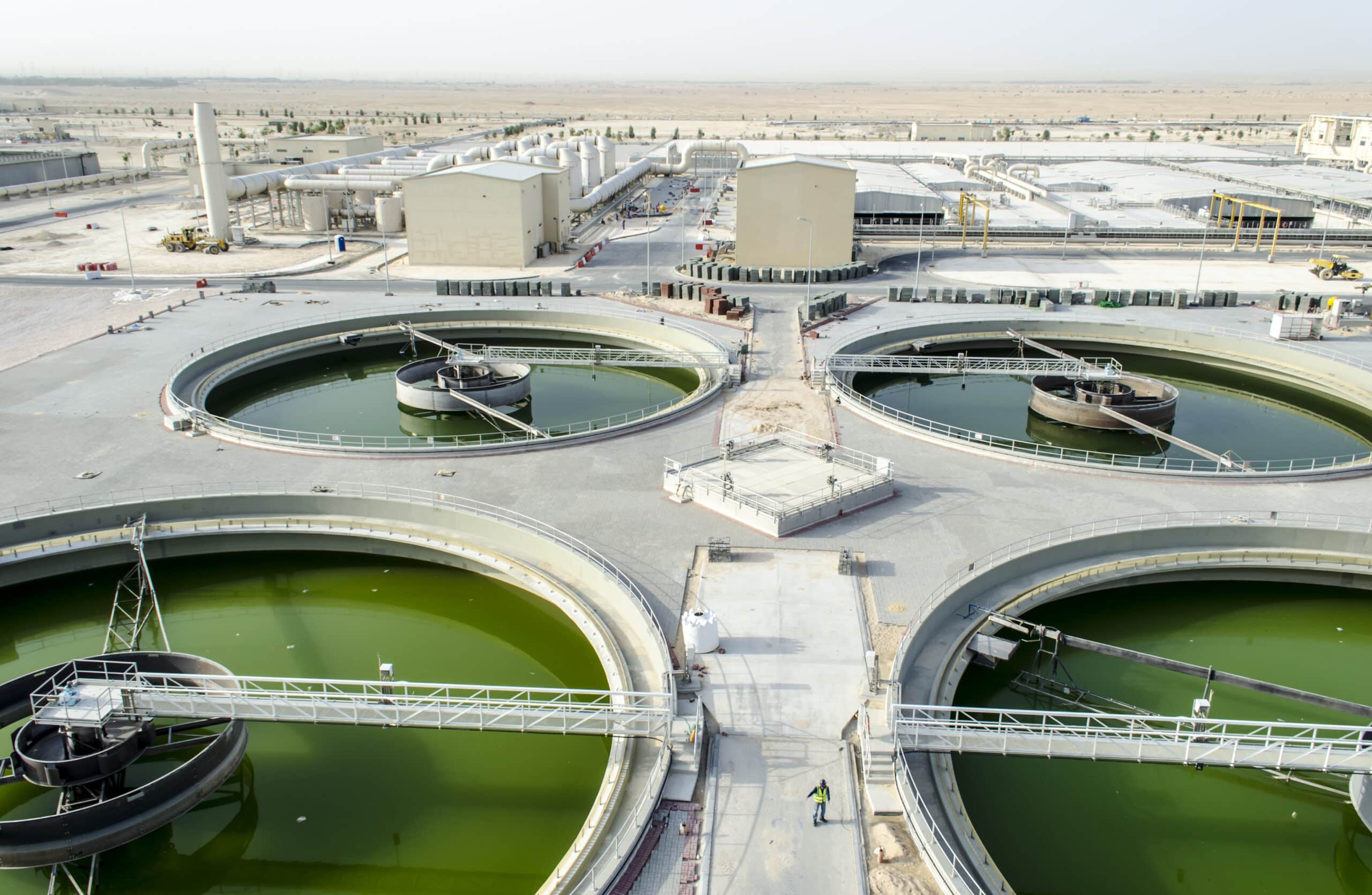Complex restrictions on sludge disposal and mounting pressure on the municipal sector to transform and modernize onsite wastewater treatment systems, by increasing access to technological solutions that can simultaneously accommodate these demands. First approach is to adapt to a system that reduces your solids output, making nitrification robustness essential.
The South African municipal wastewater sector knows that dealing with sludge represents a bulk of the allocated daily OPEX with costs ranging anywhere from 40 to 60% of total plant maintenance costs, depending on the size of the plant and feed wastewater quality. The MABR is a biofilm-based solution that assists utilities with augmenting their existing wastewater infrastructure, by increasing overall efficiency of the plant.
Customary ways of disposal, such as sending the sludge to a landfill or reusing it as fertilizer in agricultural applications, are no longer feasible. Hiked up transport costs, while landfills charge higher fees or, due to tighter regulations, refuse organic material altogether. While generations of farmers have relied on nutrient rich sludge as an inexpensive (or in some cases, free) method of replenishing their cropland, health regulators from Europe to America are increasingly concerned about the potential negative health impacts of contaminant uptake in the food supply chain.
Features and Benefits:
- 90% less aeration energy, 80% less energy.
- 30%-50% reduction in the amount of excess sludge compared to its industry peers.
- Simultaneous nitrification and denitrification.
- Minimal footprint.
- Modular design enables on-site, distributed treatment and also gradual implementation and expansion in the future.
- Odorless.
The revolutionary MABR technology comes in two adaptable configurations. The Aspiral™ a plug-and play packaged wastewater treatment solution and the SUBRE™ for greenfield projects or capacity upgrades and increased efficiency on existing systems.

